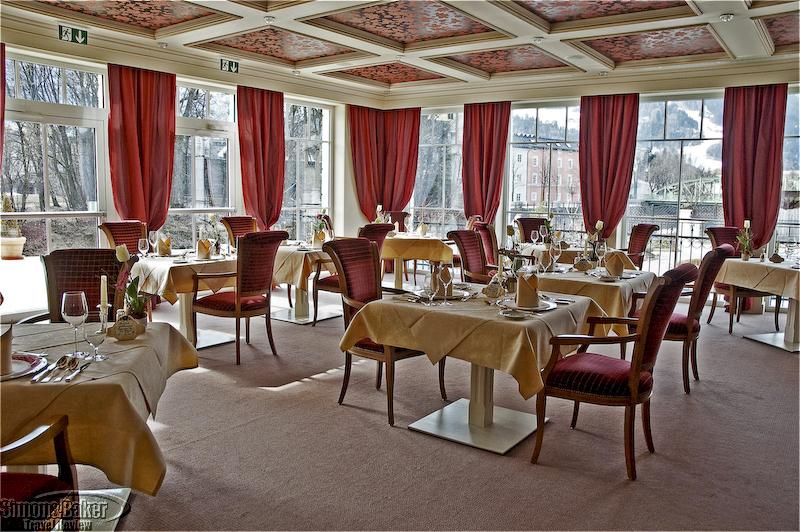
by Editor | Feb 1, 2011 | Austria, Europe, Simon and Baker Travel Review
Lienz is a lovely little medieval town in the farthest reaches of southern Austria. Tucked away in a picturesque valley between the Grossglockner (one of the highest peaks in the Alps) and the Dolomites, it is prime four-season vacationing country for mountain sports aficionados. But for me, despite the 13 th century castle, the ancient churches with their well-preserved frescos and the pristine alpine landscapes, the city’s main claim to fame was in the remarkable Grandhotel Lienz. This newly constructed luxury retreat and its unique spa came as close to perfection as any boutique property I have ever come across, and more than justified the few hours’ journey from Vienna.
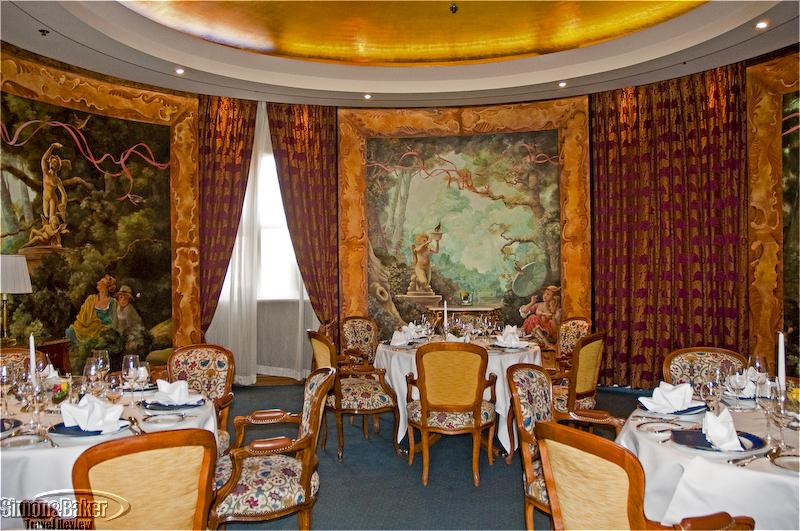
by Editor | Feb 1, 2011 | Austria, Europe, Simon and Baker Travel Review
Stepping through the pillared entrance of the Grand Hotel Wien was a journey back to the glittering days of Austria’s 19 th century imperial splendor. Designed by Karl Tietz, one of the most celebrated architects of his time, it was, when it opened its doors in 1870, the first luxury hotel in the city. With the new Imperial Opera House (now the Vienna State Opera) opened the previous year just one block away, and the nearby Musikverein concert hall (now home to the Vienna Philharmonic Orchestra) also inaugurated in 1870, it quickly became a hit with the aristocracy. It retained its status as a place to be seen until the Second World War. Although its fortunes waned during the second half of the 20 th century, it re-opened in 1994 after four years and 100 million euros of renovations to quickly become once again a pinnacle of Viennese social life, and to welcome amongst its guests many international celebrities, political figures and business leaders.
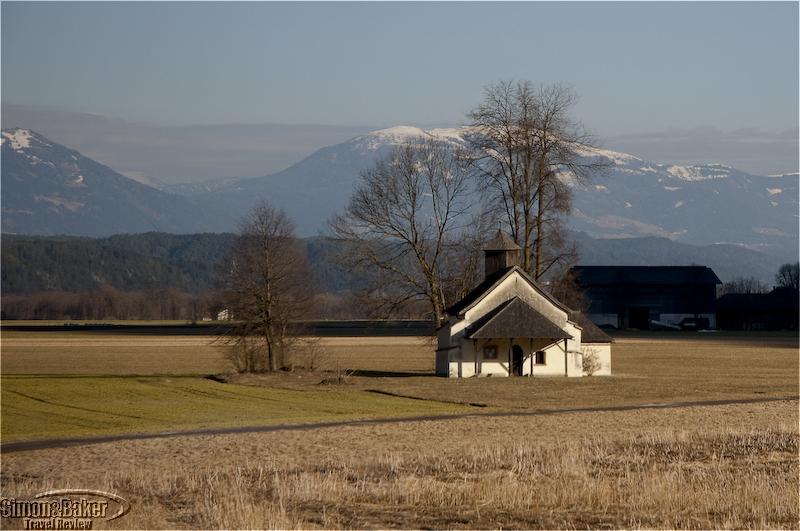
by Editor | Feb 1, 2011 | Austria, Europe, Simon and Baker Travel Review
As the core of the Habsburg Dynasty for over half a millennium, Austria developed a rich cultural heritage with two widely diverging personalities. First there is Vienna on the Danube in the eastern reaches of the country, which was home to the Habsburg court from the end of the Middle Ages until the fall of the Austro-Hungarian Empire at the end of the First World War. Throughout the centuries it grew into one of the leading capitals of Europe, filled with grand palaces and monuments; and it became a beacon of the arts, especially music. Today, with a population of 1.7 million (20 percent of Austria’s total population) Vienna remains Austria’s political, cultural and economic center. Here, history and traditions meld with contemporary vitality to create an especially stimulating environment. Meanwhile at the western tip of the country, nestled within a picture-book alpine landscape, the lovely baroque city of Salzburg, birthplace of Wolfgang Amadeus Mozart, has attained international fame among music lovers for its annual Salzburg Festival. Outside of Vienna, however, Austria has remained a mainly rural environment of small communities, slow-paced and steadfastly attached to their traditions, some said to date back to Celtic and Roman times.
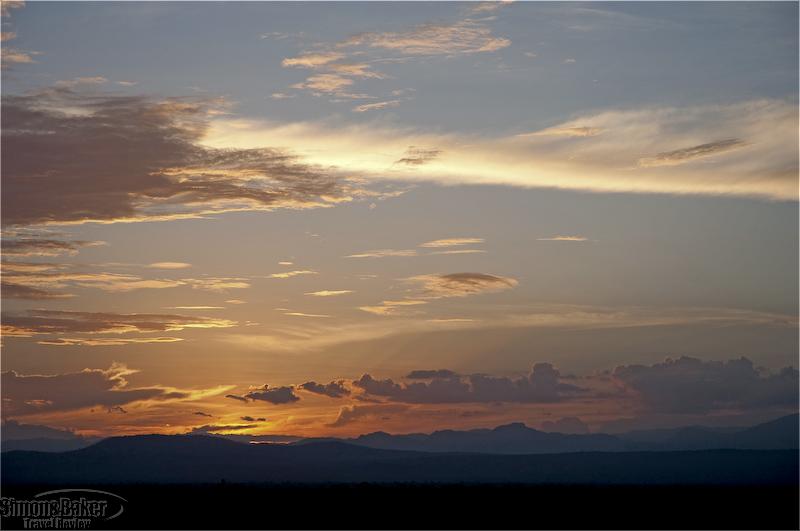
by Editor | Jan 1, 2011 | Africa, Mikumi, Simon and Baker Travel Review, Tanzania
Perched on a rocky knoll in the heart of the Mikumi National Park in southeastern Tanzania, Stanley’s Kopje was a vivid reminder of what compels me to endure endless flights in crowded airplanes and chaotic airport layovers to return time and again to the African bush. It had only been a few hours since the Cessna light plane had delivered me to the tiny airstrip at the edge of the park, but it could have been light-years earlier. I was lounging on the broad thatch-shaded veranda of my tent, taking in the sweeping view of the Mkata Floodplain below as it slowly melted into the dusk. At the far edge of the plain, the sunset sky was ablaze against the distant outline of the Udzungwa Mountains. Now and then, a powerful roar rippled up the hill, and with it recollections of our exciting lion sighting earlier in the afternoon.
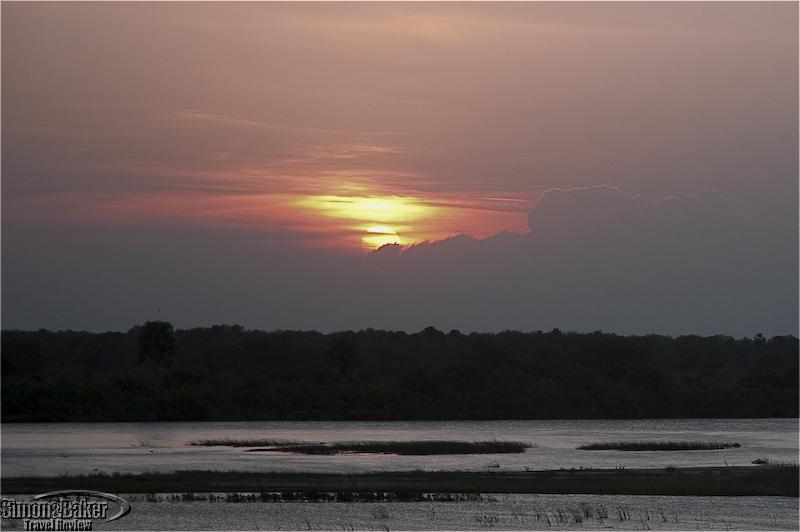
by Editor | Jan 1, 2011 | Africa, Selous, Simon and Baker Travel Review, Tanzania
Stretched along a bluff overlooking the Rufiji River at the especially scenic eastern tip of the famed Selous Game Reserve in southeast Tanzania, the Rufiji River Camp delivered an outstanding variety of game viewing opportunities. First identified as a protected area over a century ago, Selous expanded over time to become the largest faunal reserve in Africa. In 1982, it was designated a World Heritage Site by the United Nations Educational, Scientific and Cultural Organization (UNESCO) for its wildlife concentration and diversity and its undisturbed environment. The profusion of wildlife was obvious even as I made my way from the airstrip, turning the relatively short distance to the camp into an extended game drive.




